What to Eat on Your Summer Walks
Fill out your walk with fantastic meals. We recommend some of the best foods for summer walking.
What to Eat on Your Summer Walks
https://www.contours.co.uk/what-to-eat-on-your-summer-walks
by Nicky Jaquiery
In my last article I wrote about the basics of staying well on a summer walk. Here I’m going to continue the theme of summer health and look at what to eat in order to stay healthy and get the most out of your walks over the summer months.
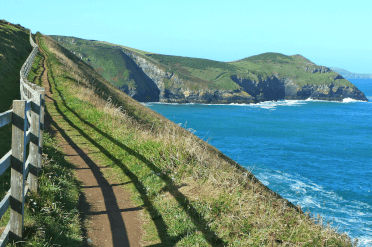
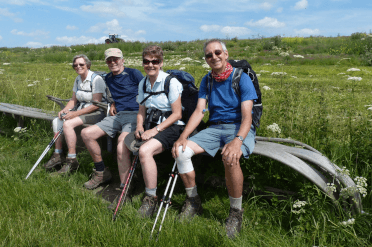
If you’re lucky enough to have been out walking on one of the few hot days that we’ve had this summer, you’ll know how energy-sapping walking in the heat can be.
All walking, especially a full day’s walk, requires fuel to supply our body with the energy it needs to keep us going. Add heat to the mix and walking suddenly feels much harder than it should. Just as when it’s cold you need to eat to maintain your energy and keep warm, likewise when it’s hot you need to eat to maintain your energy to keep cool.
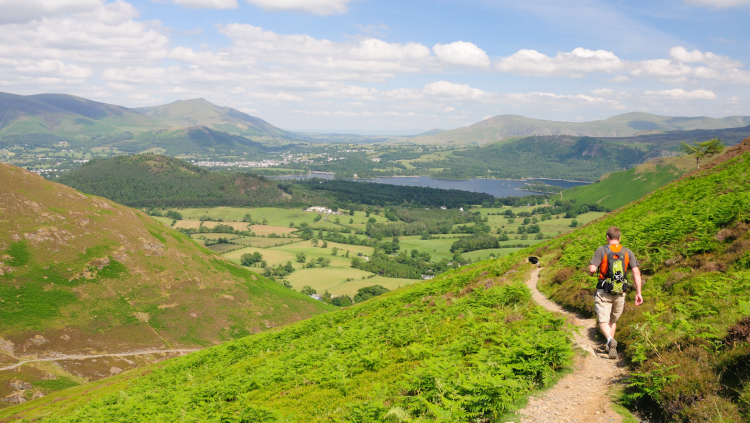
Walking on a hot day inevitably means that you’ll be exposed to direct heat, since you’re unlikely to find a route that is in the shade all day. If it’s a hilly and strenuous route, your body will have to work on overdrive to control its temperature and all that extra effort will make you feel lethargic.
Most of us are used to eating three meals a day, perhaps with snacks in between. If you intend to be out walking for a full day in the heat, it’s advisable to re-adjust your eating habits and eat little and often. Not only does this keep your energy levels topped up, but it also means that you can stop regularly.
Unlike in winter, when you probably won’t want to stop because of the risk of getting cold, use these breaks to your advantage and find a shaded spot to rest out of the sun and cool down.
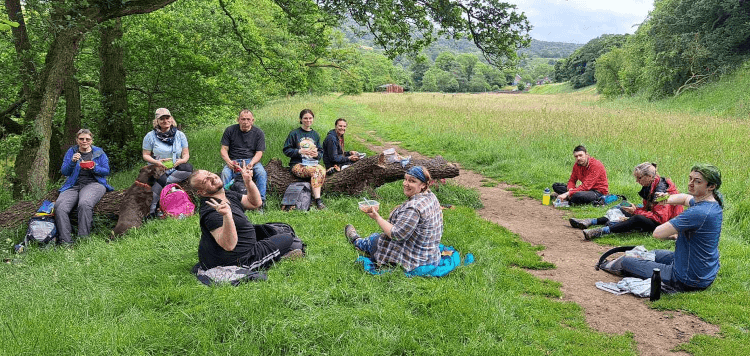
Think about the length of your walk and the weight of your food. If you’re out for the day and you intend to cover a reasonable distance, you don’t want to be weighed down by too much heavy food. Opt for food that is relatively lightweight, will give you the energy you need and won’t go off in the heat.
It’s a matter of personal preference as to which foods you choose, but ‘real food’ is best. By ‘real food’ I mean actual food rather than energy gels. You’ll probably survive the day eating gels, but your body won’t thank you for it. As these tend to contain a lot of sugar, you’ll experience highs from the sugar rush that will give you short bursts of energy, followed by lows or energy slumps that will leave you feeling tired.
Pack food that releases energy slowly which will keep you going throughout the day. You may want to carry some quick energy releasing foods as well, such as the odd bar or sweets, just in case you need something towards the end of the day to give you that extra oomph!
The list of foods below gives you an idea of what I take with me. This is a good start on which to base your personal menu depending on your individual tastes. Clearly you’re not going to carry something that you don’t like to eat, even if it is recommended!
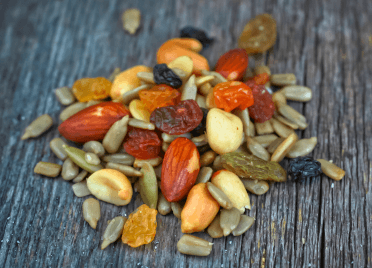

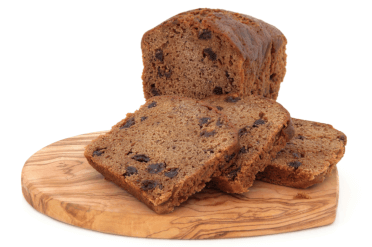
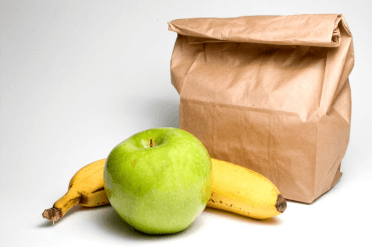
If you’re still feeling lethargic even after eating, keep in mind that tiredness is one of the main symptoms of dehydration. It’s important to drink as well as eat enough.
You might also want to think about using a hydration bladder rather than a bottle. The handy tube means that you’re more likely to sip as you go along, and consequently, you’ll drink more. I don’t normally carry a flask in summer, especially if it’s a really hot day, but I know people who do because they cannot survive without their tea or coffee fix! Read more about how to stay hydrated on your summer walk.
Outdoors Enthusiast
Nicky Jaquiery is a frequent contributor to the Contours Holidays blog, tapping into her vast experience out in the countryside as walker and runner to produce thoughtful and practical articles.